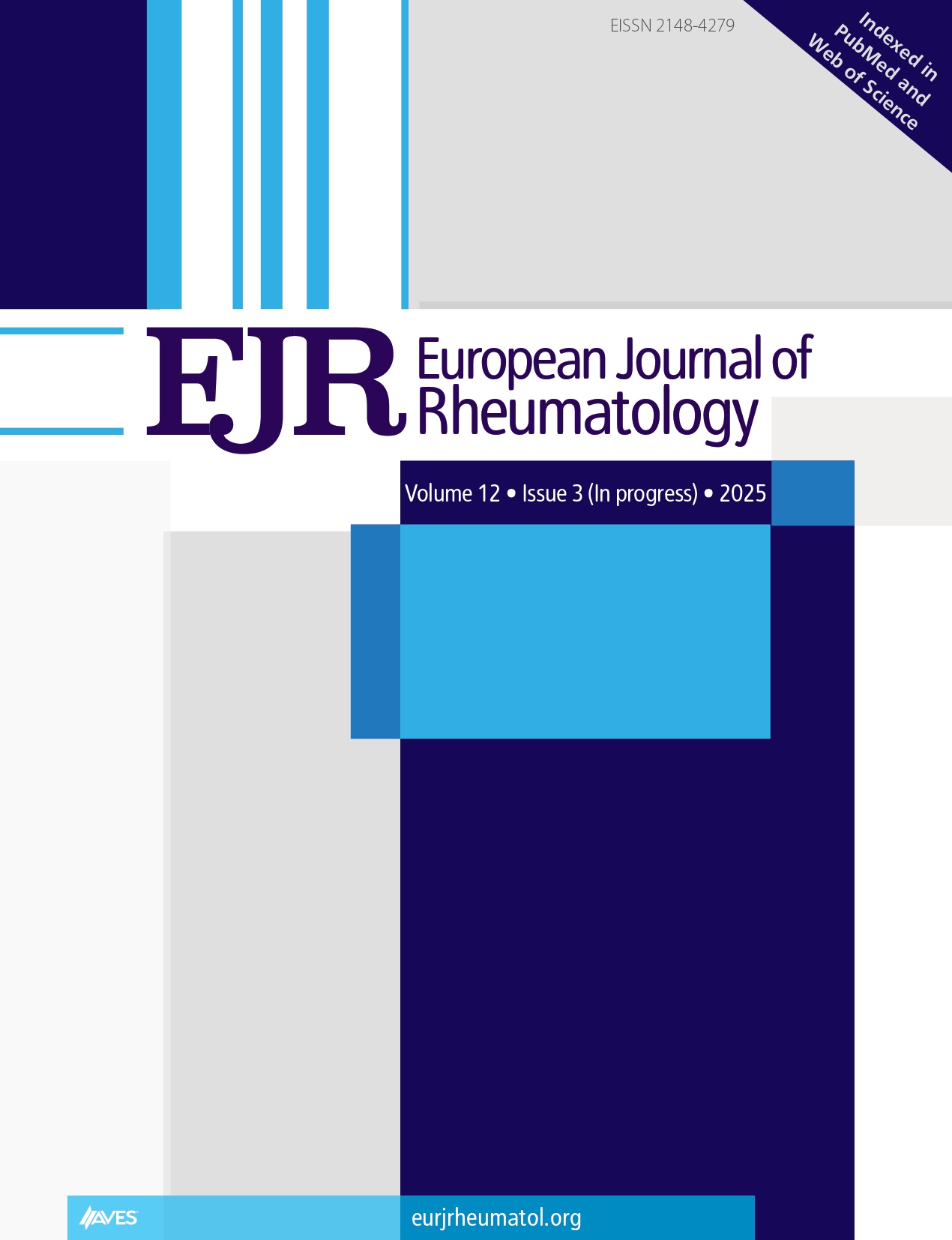
Oxidative Stress-Associated Autophagy Correlates to the Disease Severity of de Quervain’s Disease
Main Article Content
Abstract
Background: de Quervain’s disease is a well-recognized tendon disorder affecting the wrist, yet its pathogenesis remains poorly understood. Some research indicates that the disease may stem from intrinsic degeneration, while others suggest an inflammatory component. Autophagy, often initiated by oxidative stress, plays a critical role in both degenerative and inflammatory conditions and could be a significant factor in de Quervain’s disease. However, the role of autophagy in this disease has not been previously explored. This study aims to investigate the involvement of oxidative stress in de Quervain’s disease.
Methods: Specimens from the first dorsal retinaculum were collected from 45 patients diagnosed with de Quervain’s disease for analysis. These specimens were classifed into mild, moderate, and severe groups based on disease severity.
Results: The analysis revealed that levels of IL-6, LC-3, beclin-1, and Malondialdehyde (MDA) in the retinaculum specimens correlated positively with the severity of de Quervain’s disease. Furthermore, nitric oxide and lipid peroxidation levels were significantly elevated in the severe group compared to the moderate and mild groups.
Conclusion: The results suggest that autophagy-related to oxidative stress may be a key factor in the pathogenesis and progression of de Quervain’s disease. Therefore, antioxidants could be potentially useful in managing and preventing the progression of de Quervain’s disease.
Cite this article as: Chiu Y, Hsieh T, Ma C, Jou I, Wu C. Oxidative stress-associated autophagy correlates to the disease severity of de Quervain’s disease.Eur J Rheumatol. 2025, 12(3), 0053, doi:10.5152/eurjrheum.2025.24053.

